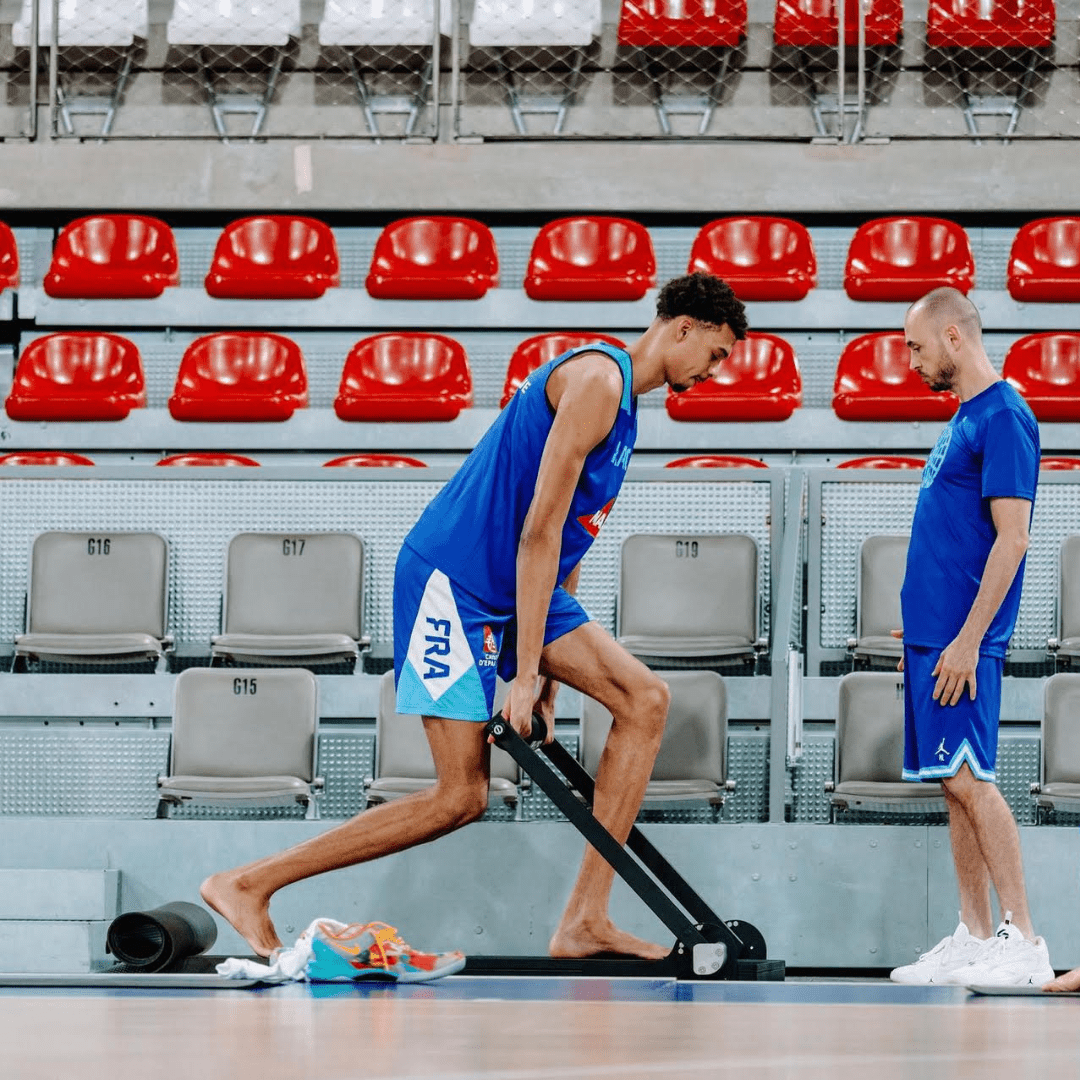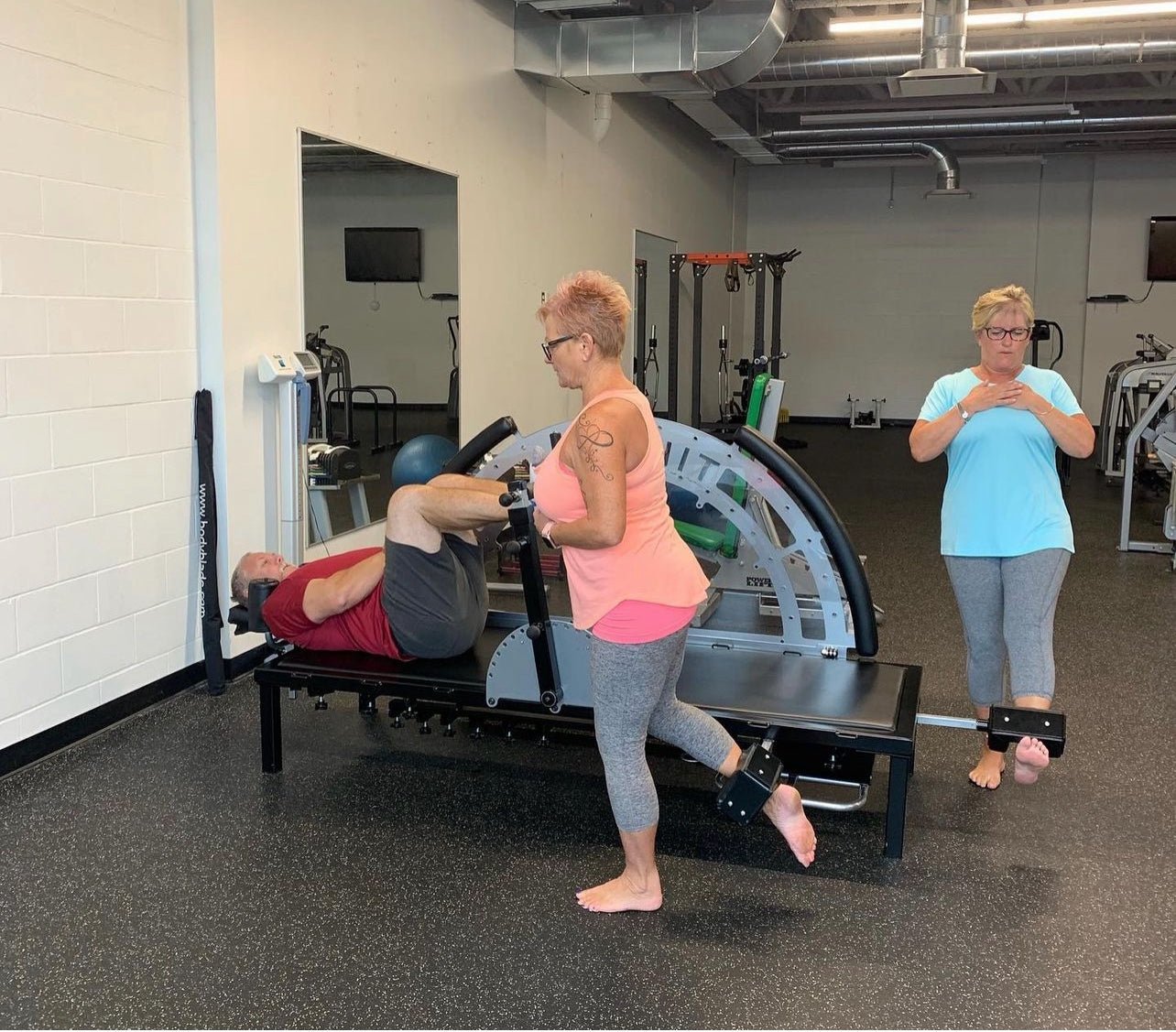When it comes to range of motion, our minds often conjure up images of elite performers known for their incredible flexibility, such as ballerinas, gymnasts, yoga practitioners, and circus artists. Undeniably, their abilities are awe-inspiring, but it's crucial to recognize that their rate of injury is also among the highest in sports performance. To avoid a lifetime of pain and injury, it's important to shift our focus away from comparing ourselves to these exceptional individuals and instead concentrate on enhancing our own specific range of motion.
Before we delve into the topic, let's dispel a common misconception. "Stretching" doesn't solely impact muscles but can have life-altering consequences. It's not as simple as thinking, "I need to stretch." In fact, I personally know people who have suffered broken necks, torn ligaments and muscles, and ruptured tendons due to overstretching.
Moreover, stretching actually reduces your body's ability to generate muscle tension, which is essential for optimal health and functional performance. Insufficient muscle tension increases the risk of injury, immobility, and disease. While this perspective may seem heretical, the reality is undeniable. Let's draw an analogy with a familiar scenario: repeated stretching of an underwear band.
Consider what happens when you stretch an underwear band repeatedly—it eventually breaks down. The more it is stretched, the more it transitions from an elastic state that can restore to its original form, to a permanent plastic state without the ability to regain its original shape. Muscles function similarly. The more you stretch them, the less they can contract. Although the reduction in tissue tension may appear beneficial initially, it will have long-term detrimental effects on your health and performance outcomes.
Additionally, it's important to recognize that muscles have fixed connections to bones. Thus, the only time muscles can truly lengthen is when bones grow and the attachment sites of the muscles move further apart. This process is often accompanied by pain.
The situation becomes even more complicated as we age. Throughout the aging process, humans tend to lose some height, altering the length-tension relationship of muscles. This relationship is vital for generating muscle force and maintaining stability.
So how can you improve your range of motion without increasing the risk of dysfunction, injury, and disease? The answer lies in focusing on developing isometric muscle strength and endurance at the ends of your range of motion. By building isometric tension, you can move freely with limited restrictions, as your body feels in control of the movement range.
Studies have revealed that individuals tend to tense up when they experience fear or encounter unexpected situations. Isometric strength training with Isophit can help people overcome this fear by preparing your body to maximize range of motion without compromising structural integrity.
Isophit is designed to provide targeted resistance at specific joint angles, allowing you to strengthen muscles isometrically and improve stability in a controlled manner. This form of training minimizes the risk of injury associated with excessive stretching while promoting a healthier and safer approach to enhancing range of motion.
It is crucial to shift our perspective on range of motion and avoid comparing ourselves to elite performers who possess exceptional flexibility. Instead, focusing on developing isometric strength and endurance can help us improve our range of motion without jeopardizing our structural integrity. By embracing a safer approach to training with Isophit, we can unlock the potential of our bodies while mitigating the risk of dysfunction, injury, and disease. Remember, it's essential to prioritize long-term health and performance outcomes over short-term gains.
If you have any questions regarding the article or would like to learn more about Isophit and its benefits for improving functional health and performance, please visit our website www.isophit.com or feel free to email me at brad@isophit.com.
Yours in Isometric Strength,
Brad Thorpe
CEO / Inventor
Isophit










Share:
Isophit: Helping Women Build Stronger Muscle.
Isophit: Activating Muscle is the Key to Elite Athletic Performance.